After years of speculation, cautious partnerships, and mixed signals, Microsoft has finally taken a concrete step toward virtual reality, just not with a headset of its own. Instead, the company is leaning on Meta’s hardware with the launch of the Meta Quest 3S Xbox Edition, a co-branded device meant to serve as a gateway between console gaming and immersive VR. But is this bold branding masking a more cautious reality?
Despite the splashy Xbox aesthetic and cloud integration, the Quest 3S Xbox Edition doesn’t deliver native Xbox VR. Rather, it’s an opportunistic collaboration, one that hints at ambition while avoiding commitment. For curious consumers, the big question remains: Is this really the future of Xbox gaming? Or just another experiment? This review explores the full arc of the product, from the earliest leaks to launch, and evaluates how it fits into Microsoft's long-standing hesitation around VR, while dissecting the hardware, platform integration, real-world use cases, and broader implications for the VR headset for Xbox niche.
The Long Road to Xbox VR: Missed Chances, Shifting Priorities

To fully understand the Meta Quest 3S Xbox Edition, we have to start with Microsoft’s VR history, or more accurately, their history of avoiding it. While Sony doubled down on virtual reality with PSVR and later PSVR2, and Valve invested in PC VR through the Index and SteamVR, Microsoft took a different route. The company’s immersive efforts focused almost entirely on HoloLens, a mixed-reality headset aimed at enterprise and defense contracts. While impressive in theory, HoloLens never targeted the mass gaming market.
Meanwhile, gamers expected Microsoft to bring VR to its Xbox consoles. Promises were made during the Xbox One X era about "high-fidelity VR experiences," but those ambitions quietly faded. When the Xbox Series X|S launched, it lacked any VR support, a glaring omission in a generation defined by immersion. Instead of building its own gaming VR headset, Microsoft watched from the sidelines, until now.
From Firmware Clues to Official Confirmation: Leaks and Launch
The first whispers of a new Quest headset arrived via firmware leaks in early 2024. Developers discovered references to a mid-tier device codenamed “Eureka,” which eventually materialized as the Meta Quest 3S. Designed to bridge the price gap between the Quest 2 and Quest 3, the 3S promised flagship performance with more modest materials.

But the real twist came months later: Microsoft and Meta announced a special edition of the headset with Xbox branding, built-in support for Game Pass streaming, and a tailored user experience. The Meta Quest 3S Xbox Edition was born. Announced at Meta’s 2025 Spring Showcase, the device was positioned as “the best way to play Xbox games in VR.” But a closer look revealed a more nuanced reality.
Hardware Overview: Quest 3 Power, Budget Construction
At its core, the Meta Quest 3S Xbox Edition shares the same specs as the standard Quest 3S:
- Display: 2064 x 2208 LCD per eye, 90Hz refresh rate
- Processor: Snapdragon XR2 Gen 2
- RAM: 8GB
- Storage: 128GB or 256GB
- Passthrough: Color mixed-reality passthrough
- IPD Adjustment: Software-based
The Xbox Edition adds exclusive cosmetics, a matte black shell with green accents, a co-branded facial interface, and a 1-month Game Pass Ultimate voucher. It also comes bundled with an Xbox wireless controller. That said, this is still a Quest 3S at heart. Compared to the full Quest 3, the 3S uses cheaper materials, drops eye-tracking, and offers fewer mixed-reality enhancements. It’s a competent headset, but not a premium one.

Not Quite Console VR: Streaming, Not Native Integration
Let’s get this out of the way: the Quest 3S Xbox Edition does not run native Xbox games in VR. It doesn’t connect directly to an Xbox console. It doesn’t play Halo Infinite or Forza Motorsport in immersive 3D. Instead, it uses a combination of Xbox Cloud Gaming (via Game Pass Ultimate) and Xbox Remote Play to stream 2D console games onto a massive virtual screen inside the headset. Think of it as a private theater where you can play traditional Xbox titles in a virtual space.

Latency is acceptable over strong Wi-Fi, and the image quality is decent. For single-player games or casual play, it’s surprisingly enjoyable. But make no mistake, this is not true meta quest 3s xbox games support. You’re still playing flat-screen games on a floating window.
Even worse, the headset lacks any Xbox system-level UI. You’re still in Meta’s OS. There’s no way to launch a game directly from your Xbox console without a phone or PC. And because Microsoft has yet to fully integrate Xbox Cloud Gaming into VR environments, you’re left with a workaround, not a seamless experience.
Game Pass in VR: Hype vs. Reality
A major selling point of the Quest 3S Xbox Edition is its access to Xbox Game Pass, particularly the cloud gaming catalog. In practice, this means you can boot up titles like Starfield, Hi-Fi Rush, or Sea of Thieves inside a virtual room using a paired Xbox controller. The experience works, but it doesn’t change the gameplay. These aren’t VR ports. The visuals aren’t stereoscopic. There’s no motion control or spatial interaction. This is a value-added feature, not a revolutionary one.
To date, there are no Microsoft Studios titles built for VR. Despite owning studios like Bethesda, Ninja Theory, and Obsidian, all capable of crafting deeply immersive games, Microsoft hasn’t announced a single native Xbox VR game. That’s telling.
Meta’s Ecosystem: Where the Real VR Is
Fortunately, Meta’s own VR ecosystem is mature and expanding. The Quest Store includes hundreds of native VR titles built for 6DOF gameplay, hand tracking, and room-scale interaction. If you’re buying this headset to explore VR on a budget, it delivers. Highlights include:
- Asgard’s Wrath 2
- Beat Saber
- Red Matter 2
- Contractors
- NFL Pro Era
- Vampire: The Masquerade – Justice
Many of these games work beautifully with the Quest 3S hardware, including the Xbox Edition. But they are not Xbox games, and they don’t connect to Xbox Live services. There is no Xbox Achievements system, no friends list, no cross-party chat. These are still separate ecosystems.
How It Compares to PSVR2, PCVR, and the Rest
Here’s where the Meta Quest 3S Xbox Edition truly stands out, or doesn’t.

vs. PlayStation VR2
Sony’s PSVR2 is far more technically advanced for console gamers:
- Eye-tracking
- OLED panels with HDR
- Haptic feedback in the headset and controllers
- Native VR games from PlayStation Studios
Yes, the PSVR2 requires a PS5 and a wired connection, but it offers true console VR, not virtual flat-screen streaming. The Quest 3S Xbox Edition can’t compete on immersion, only flexibility.
vs. PC VR (Valve Index, Pimax, Quest Link)
PC VR remains the most powerful and mod-friendly segment. While Quest 3S supports PC tethering via Air Link or Link Cable, the Xbox Edition doesn’t bring anything new to this area. It’s competent, but not transformative.
Microsoft’s Strategy: Playing the Long Game?

So why release this headset now? If it doesn’t run Xbox games natively, what’s the point? This move feels like a test balloon. Microsoft knows VR is growing, but also recognizes the risks of diving in headfirst. By partnering with Meta, they gain:
- Brand exposure in the VR space
- A soft entry into headset territory
- A way to increase Game Pass value
- Time to evaluate consumer interest
For Meta, it’s a win-win. They offload inventory, gain legitimacy among console gamers, and add new distribution channels. But the ball remains in Microsoft’s court. Until the company greenlights native Xbox VR support, this will remain a workaround, not a revolution.
Who Is This Headset Really For?
The Meta Quest 3S Xbox Edition is not the breakthrough Xbox VR moment that some fans have been waiting for. It’s not a headset that transforms your Series X into a new console generation. It doesn’t offer a new tier of Xbox-native VR gaming. But it is a clever, calculated, and consumer-friendly collaboration between two of the biggest players in tech. For $499, you’re getting:
- A capable standalone VR headset
- Limited but functional Xbox streaming features
- Access to Meta’s full VR library
- Optional PCVR tethering
For players who’ve never tried VR — and already subscribe to Game Pass — this is a low-barrier introduction with just enough Xbox DNA to feel familiar. For power users, it’s a stopgap. The Quest 3S Xbox Edition is Microsoft dipping its toe in the water. Whether it dives in — or pulls back — will depend on what happens next.

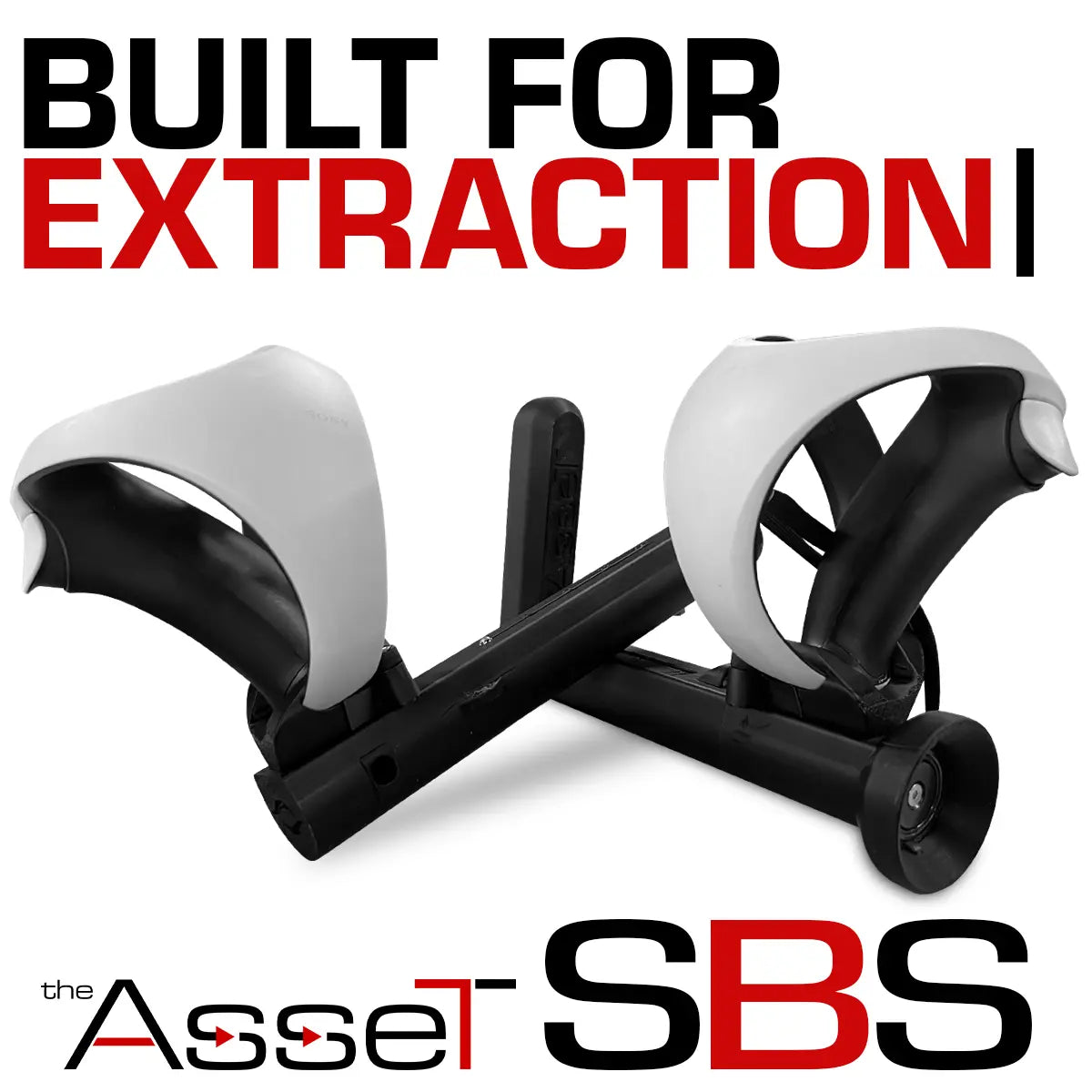


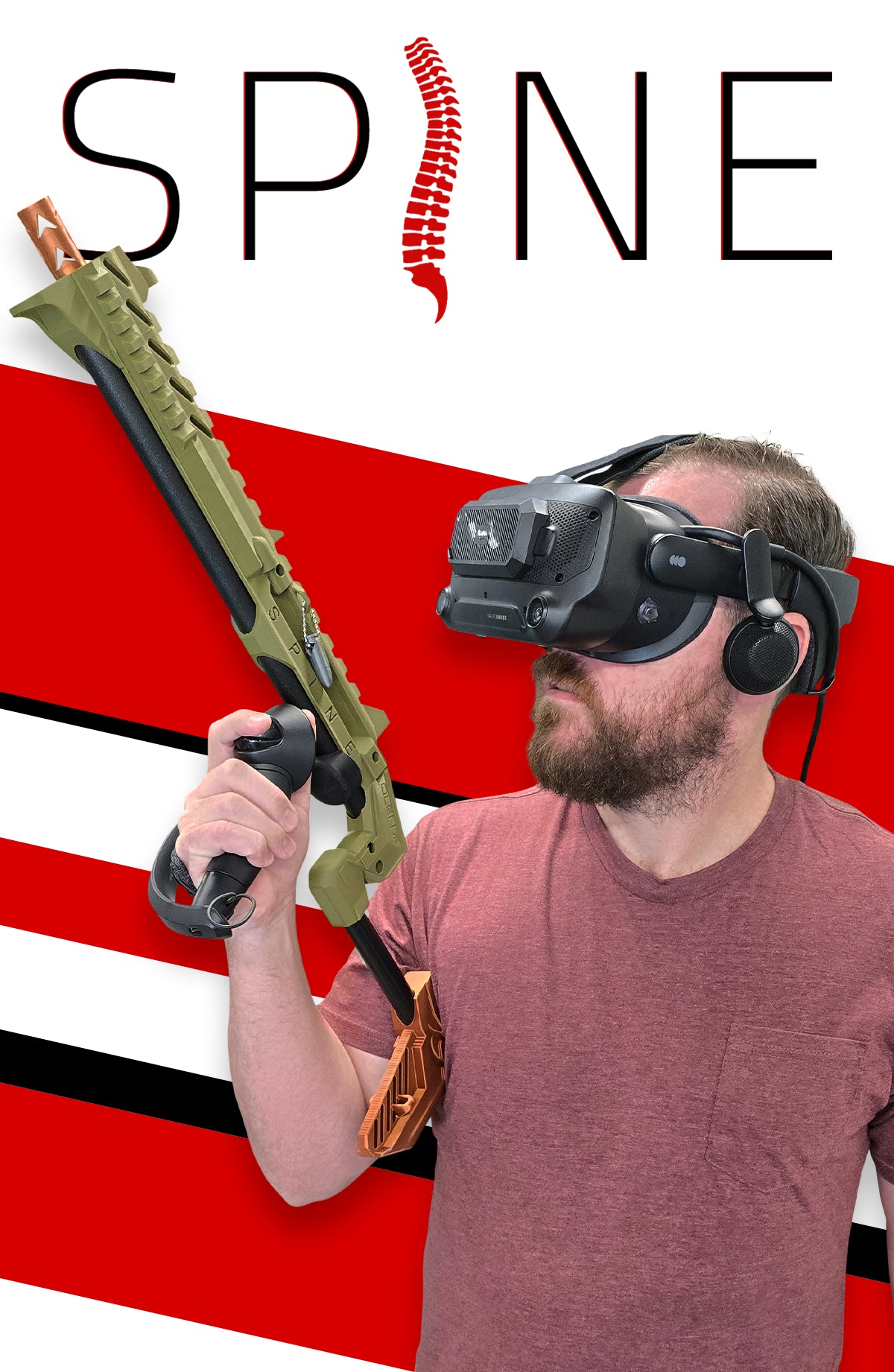
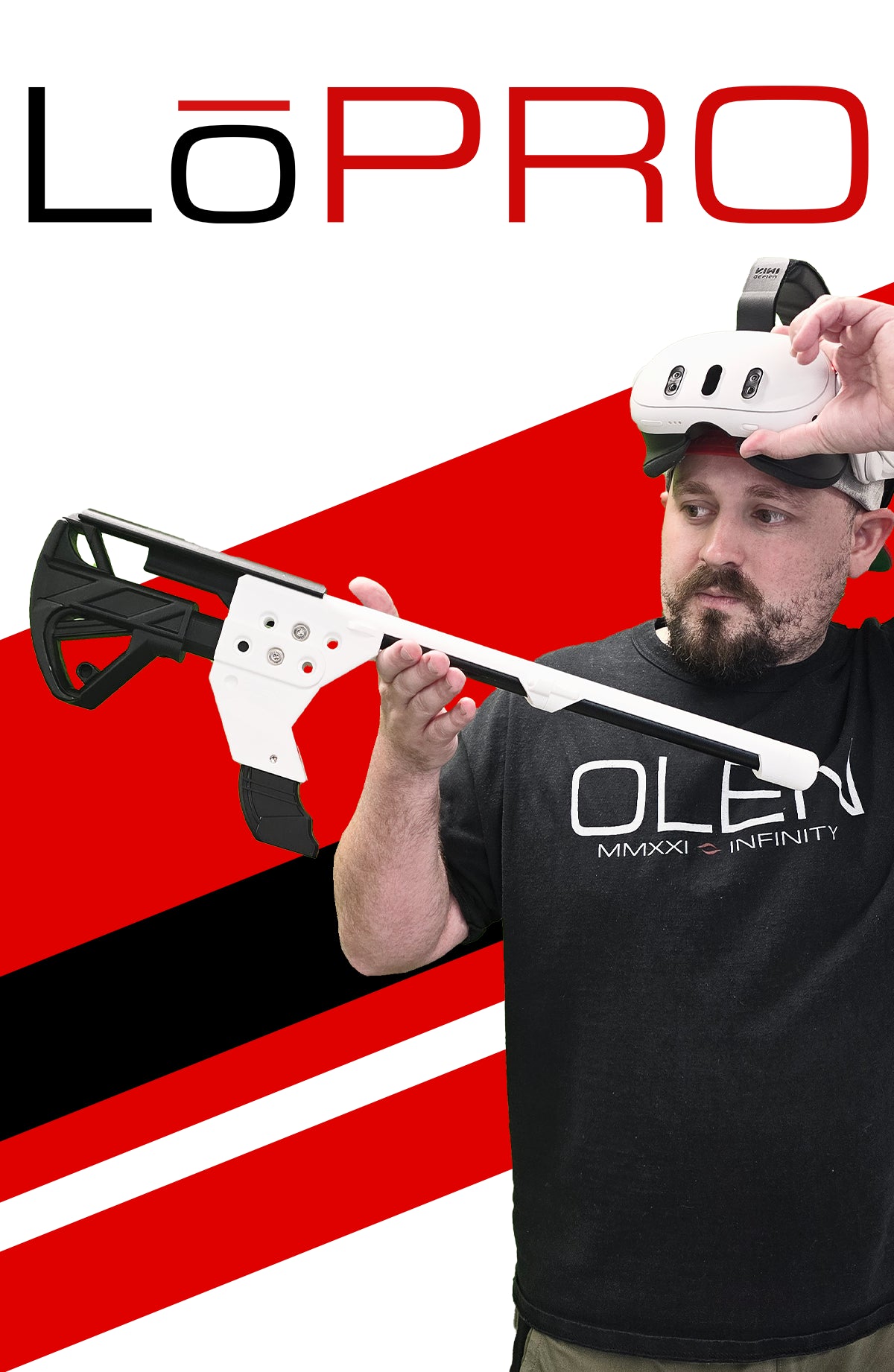
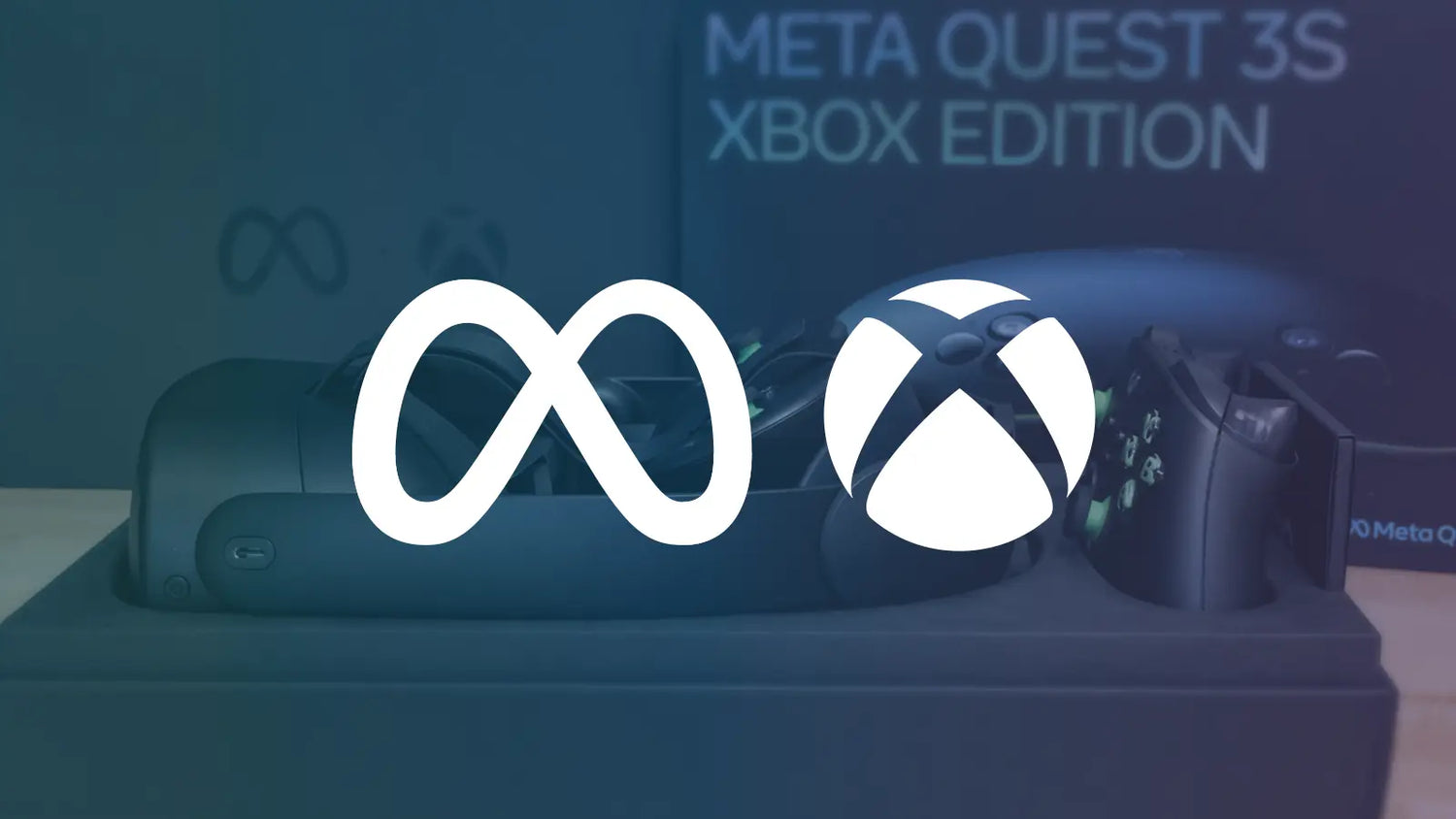
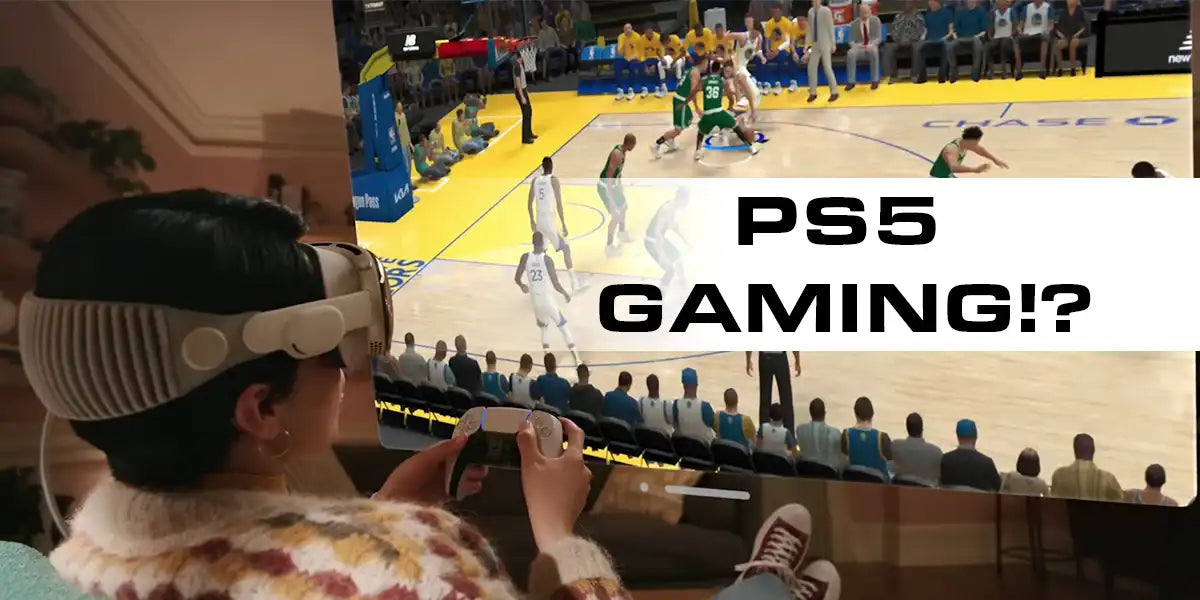
Leave a comment
This site is protected by hCaptcha and the hCaptcha Privacy Policy and Terms of Service apply.